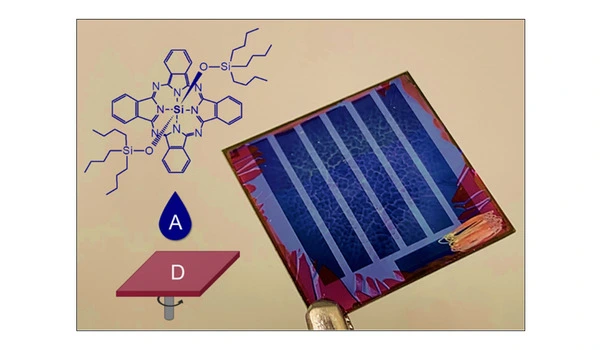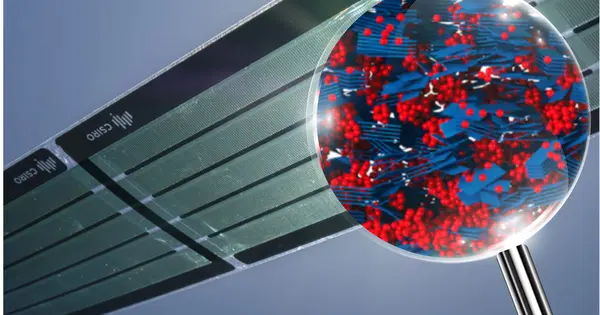For many years, organic solar cells have been a promising area of research due to their potential for low-cost, lightweight, and flexible solar panels. However, achieving stable and efficient performance over long periods of time has been one of the challenges.
Organic solar cells have a lot of potential for clean energy applications. However, photovoltaic modules made of organic semiconductors do not retain their efficiency under sunlight for long enough for real-world applications. Scientists have discovered an important reason why organic solar cells degrade so quickly in operation. This new understanding will drive the development of more stale materials for organic semiconductor-based photovoltaics, enabling low-cost and renewable energy generation.
Because of recent improvements in the efficiency with which organic (carbon-based) semiconductor solar cells can convert sunlight into electricity, improving the long-term stability of these photovoltaic devices is becoming an increasingly important topic. Real-world applications of the technology necessitate that the photovoltaic device’s efficiency be maintained for many years.
To address this critical issue, researchers investigated the degradation mechanisms of the two materials used in the light-absorbing layer of organic solar cells: ‘electron donor’ and ‘electron acceptor’ materials. These two components are required to split the bound electron-hole pair formed after photon absorption into the free electrons and holes that comprise electrical current.
In the future, we plan to build on our findings by collaborating with chemistry groups to design new electron donor materials with more rigid polymer backbones. We hope that this will reduce the propensity of the polymer to twist and thus improve the stability of the organic solar cell device.
Dr. Alex Gillett
In this new study published in Joule, an international team of researchers led by the Cavendish Laboratory at the University of Cambridge considered the degradation pathways of both electron donor and electron acceptor materials for the first time. The detailed examination of the electron donor material distinguishes the current research work from previous studies and provides significant new insights for the field. The discovery of an ultrafast deactivation process unique to the electron donor material, in particular, has never been observed before and provides a new perspective on material degradation in organic solar cells.
To understand how these materials degraded, the Cavendish researchers worked as part of an international team with scientists in the UK, Belgium, and Italy. Together, they combined photovoltaic device stability studies, where the operational solar cell is subject to intense light that closely matches sunlight, with ultrafast laser spectroscopy performed in Cambridge.

Fig: New findings pave the way for stable organic solar cells that may enable cheap and renewable electricity generation
They were able to identify a new degradation mechanism in the electron donor material involving twisting in the polymer chain using this laser technique. As a result, when a photon is absorbed by the twisted polymer, it undergoes an extremely rapid deactivation pathway on femtosecond timescales (a millionth billionth of a second). This undesirable process is fast enough to outcompete the generation of free electrons and holes from a photon, which the scientists were able to correlate with the organic solar cell’s reduced efficiency after being exposed to simulated sunlight.
“It was interesting to find that something as seemingly minor as the twisting of a polymer chain could have such a large effect on the solar cell efficiency,” said Dr. Alex Gillett, the lead author of the paper. “In the future, we plan to build on our findings by collaborating with chemistry groups to design new electron donor materials with more rigid polymer backbones. We hope that this will reduce the propensity of the polymer to twist and thus improve the stability of the organic solar cell device.”
Organic solar cells, due to their unique properties, can be used in a variety of applications where traditional silicon photovoltaics are ineffective. This could include photovoltaics that can be rolled up for easy transportation and mobile electricity generation, or electricity-generating windows for greenhouses that transmit the colors of light required for photosynthesis. Thus, by identifying the degradation mechanism that must be solved, the current research directly advances the next generation of photovoltaic materials and applications.





